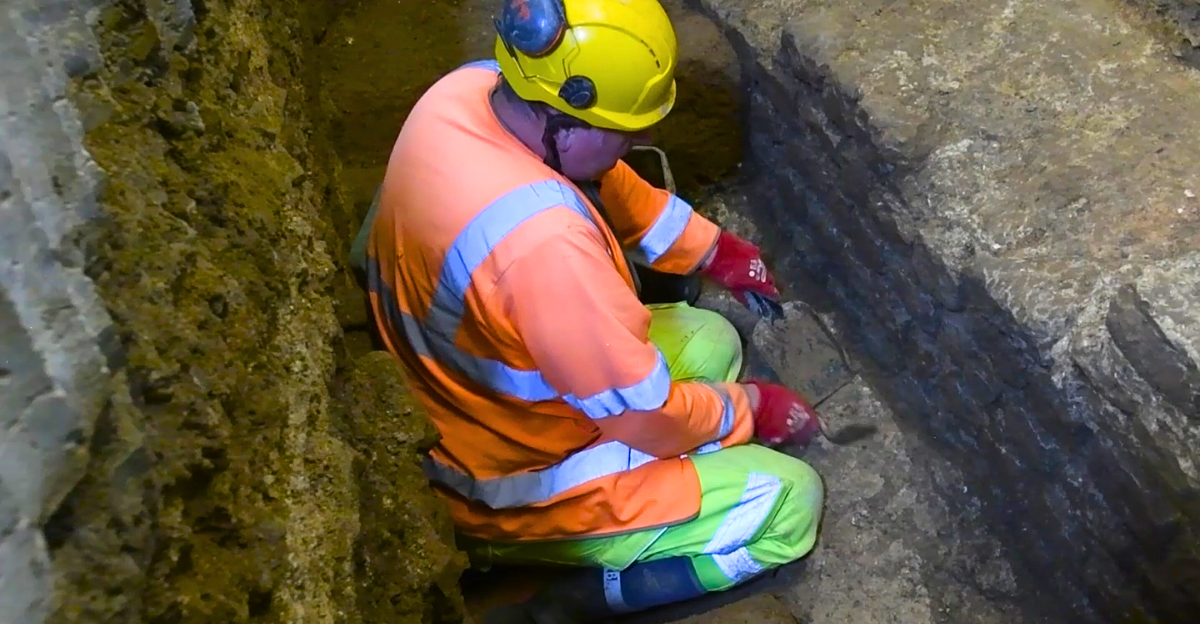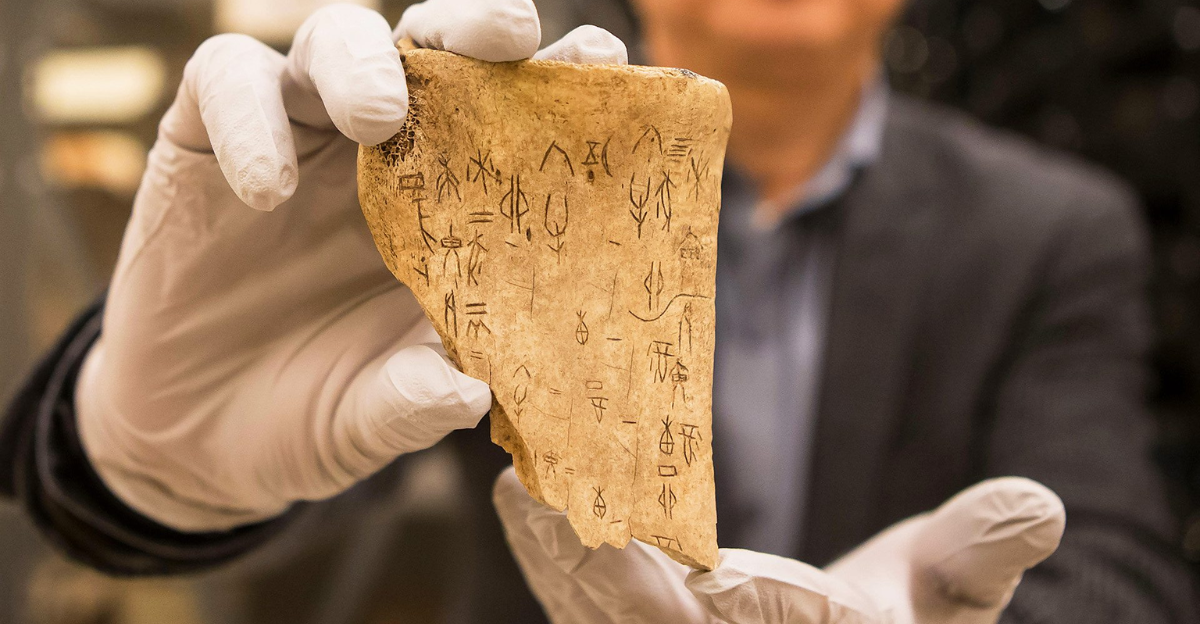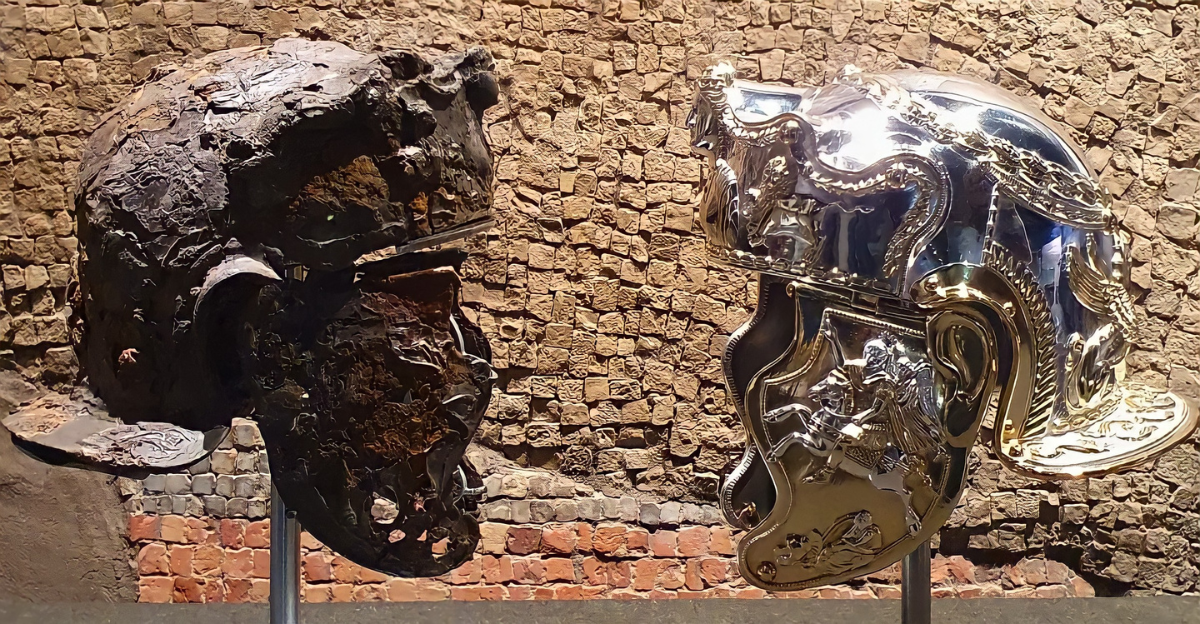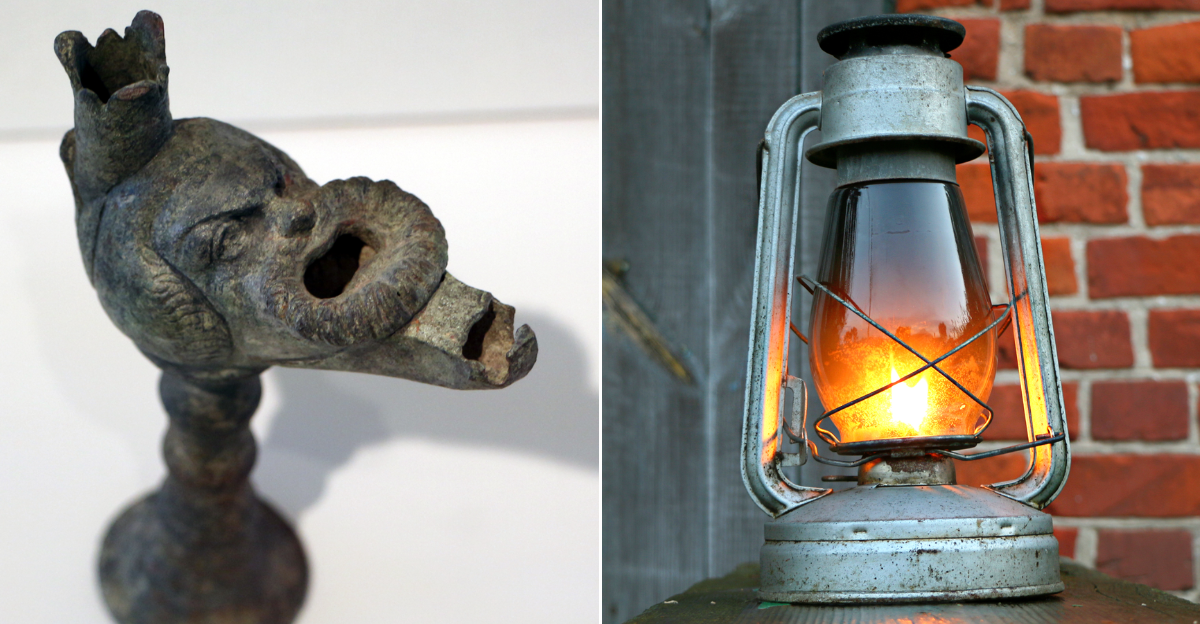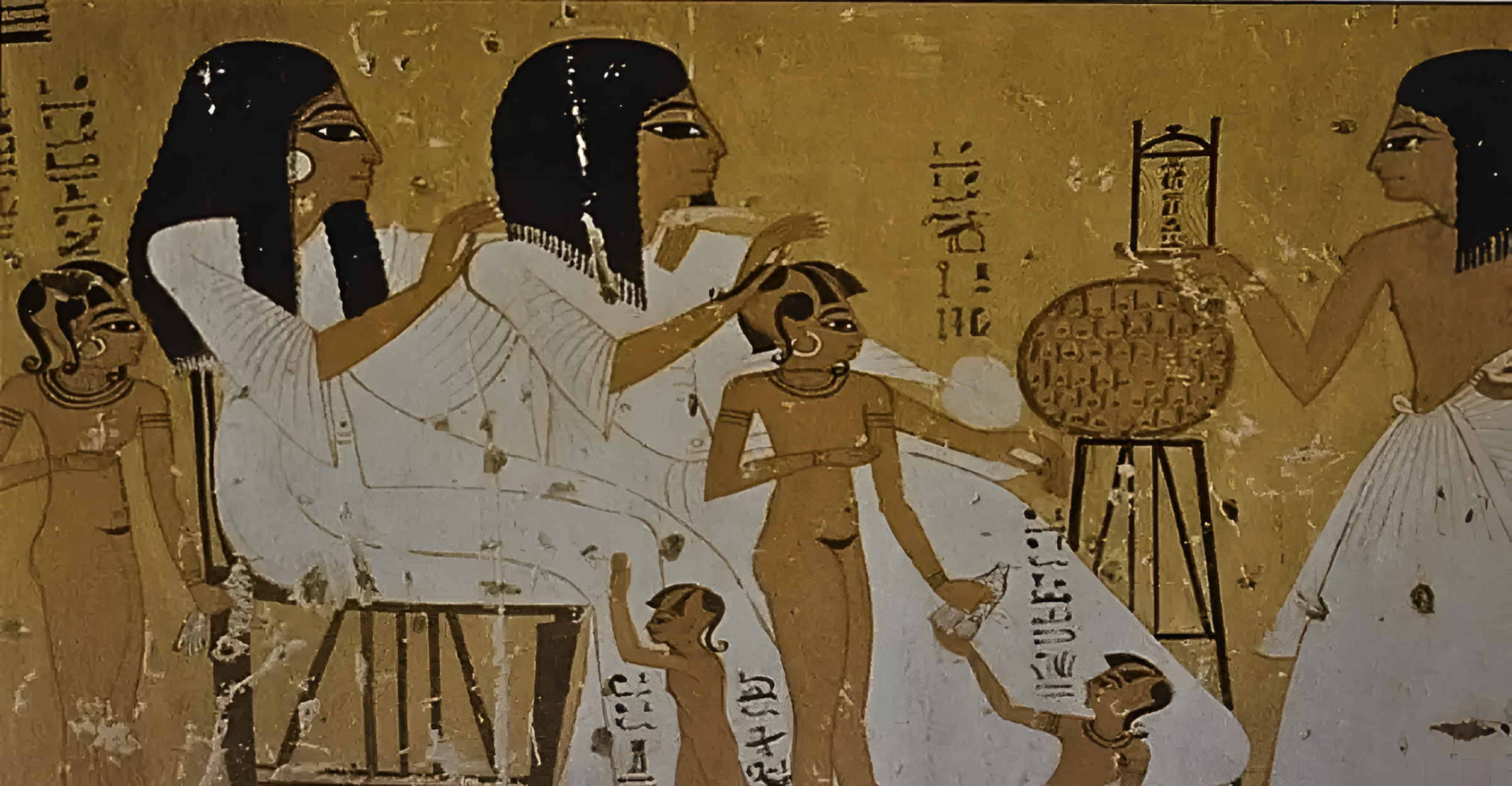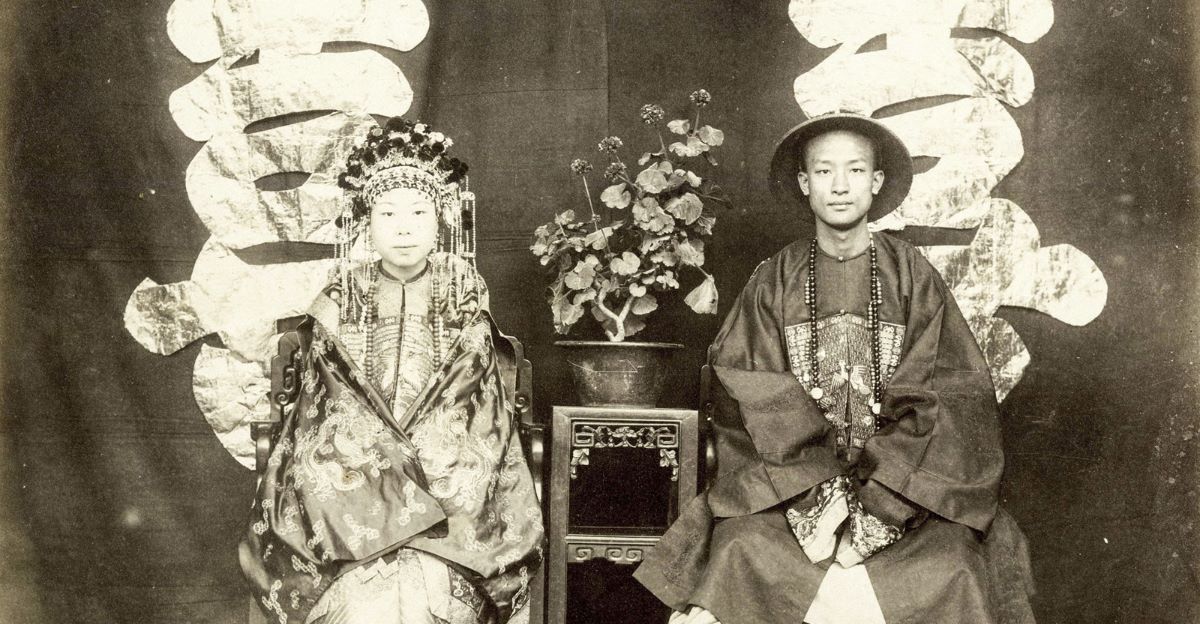
Empires have shaped history for as long as time can tell, and some of those empires are more remarkable than others, standing as legends in history. These empires expanded through conquest and colonization, fostering trade, technology, and cultural exchange across continents. It’s impossible to fully understand these empires’ impact on history and modern civilizations. These are some of the largest empires that have ever existed and still fascinate us today.
1. The Qing Dynasty
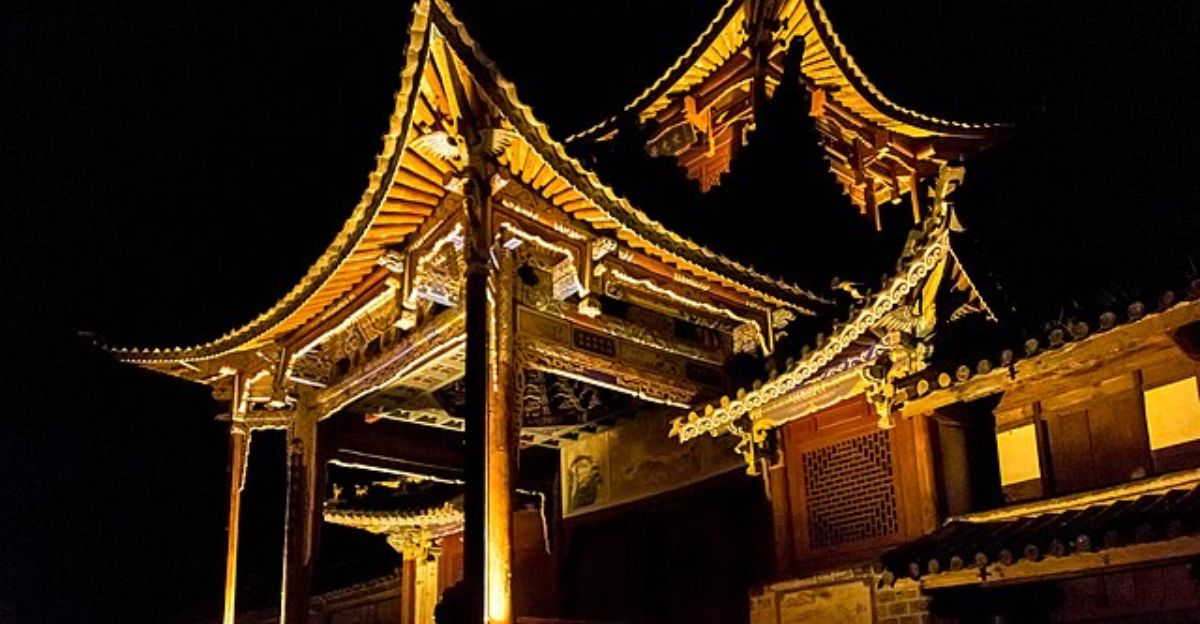
This remarkable empire ruled China from 1644 to 1912, and was the last imperial dynasty in Chinese history and one of the largest empires ever recorded. At its peak in the late 18th century, the Qing Empire stretched approximately 5 million square miles, making it the fourth-largest empire in world history. They had an enormous population exceeding 400 million by the early 20th century. They ruled over the Sea of Japan to the Pamir Mountains and from the Mongolian Plateau to the South China Sea.
The Qing rulers expanded the empire through military campaigns and strategic diplomacy, adding regions like Tibet, Mongolia, Xinjiang, and Taiwan.
2. The Spanish Empire
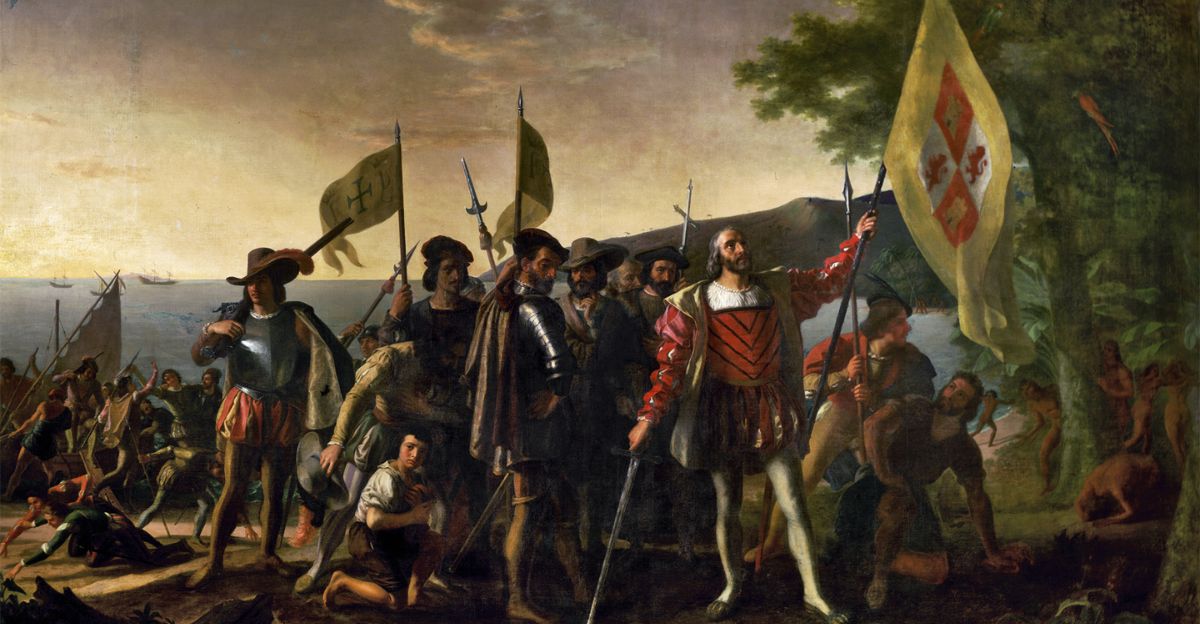
This remarkable empire was “the empire on which the sun never sets.” It was worth nothing, as it was incredibly large. At its peak in the late 1700s and early 1800s, it covered approximately 5.2 million square miles. It all started with Christopher Columbus’s 1492 voyage and rapidly expanded from there into territories like South and Central America, parts of North America, and islands throughout the Caribbean.
They didn’t stop there; they even managed to reach parts like Africa, Asia, and Oceania. The Spanish Empire played a big role in helping to change the world into the one we know today, and they have left its mark on history.
3. The Mongol Empire
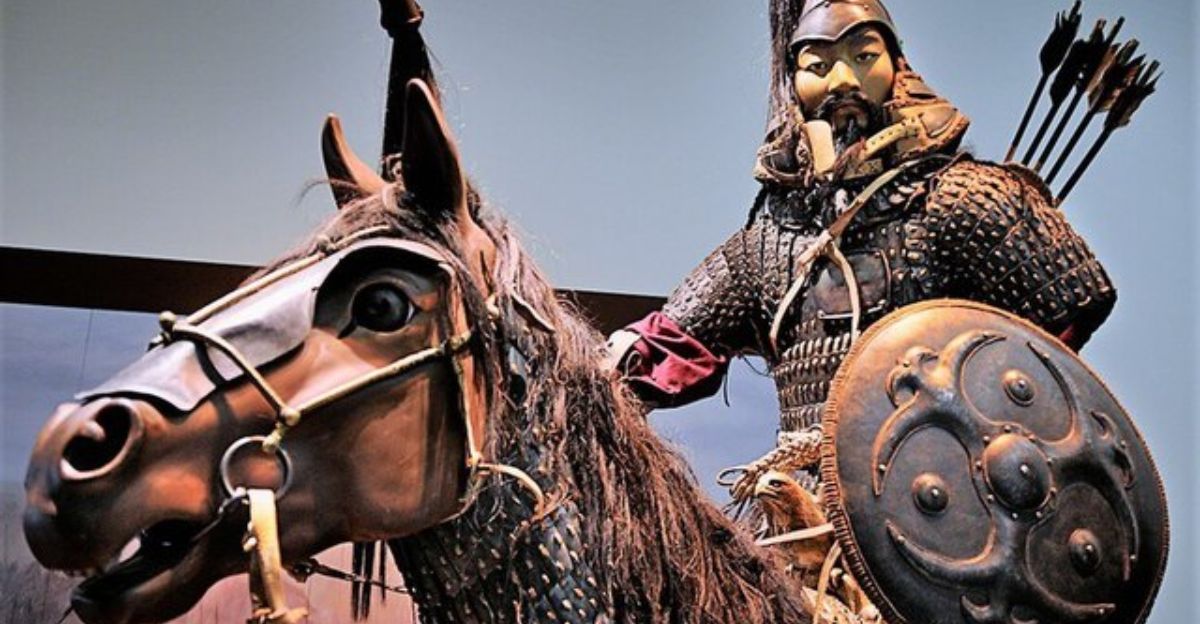
This giant empire was founded by Genghis Khan in 1206 and quickly became the largest contiguous land empire, covering around 9 million square miles during its peak in the 13th century. It was so big that it stretched as far as the Sea of Japan in the east to Eastern Europe in the west and from Siberia in the north to the Indian Ocean in the south. It made up nearly 16% of the Earth’s land area while still rapidly expanding at the time.
4. The Umayyad Caliphate

This empire was established in 661 CE by Muawiya I after the first Muslim civil war and was the second major Islamic caliphate, covering around 4.2 million square miles at its height. It was mainly based in Damascus, Syria, but expanded rapidly across the Middle East, North Africa, parts of the Iberian Peninsula (modern Spain and Portugal), and Central Asia and the Indian subcontinent.
Their rule marked the first hereditary dynasty in Islamic history, with Arabic as the official language and Islam as the state religion. This empire eventually fell in 750 CE, when the Abbasid Caliphate took control of the ruling.
5. The Russian Empire
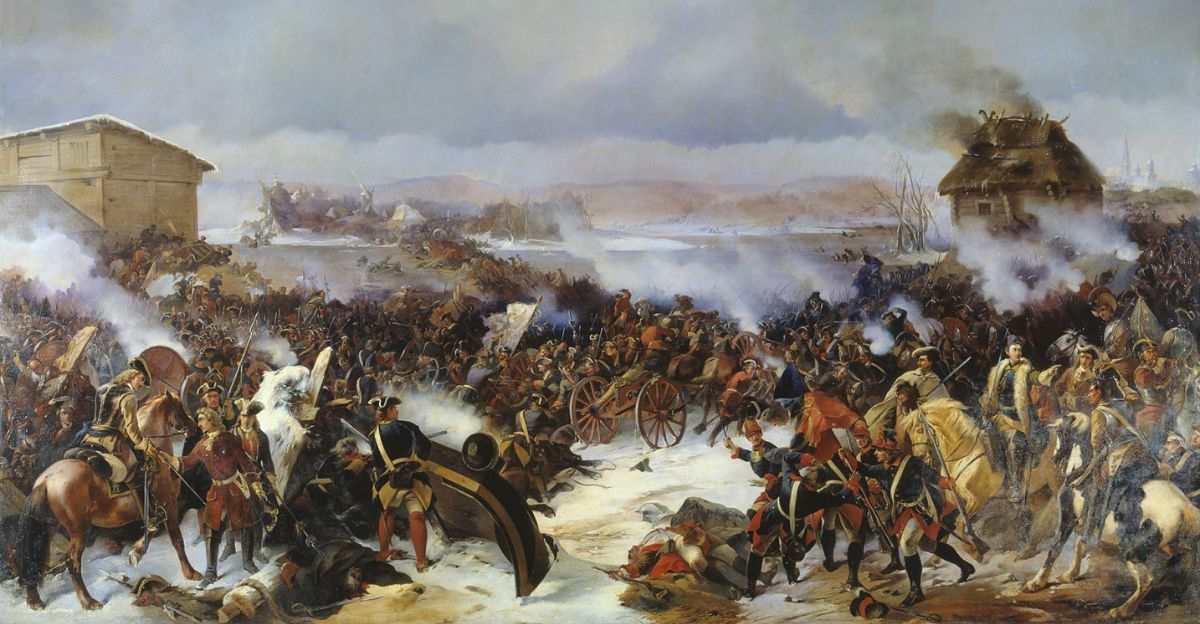
This empire was under the rule of Peter the Great in 1721, and was the third-largest empire in history, covering around 8.8 million square miles at its peak. The empire was home to over 125 million people by the 1897 census, with more than 100 ethnic groups speaking different languages, religions, and cultures.
This remarkable empire eventually fell in 1917 during the Russian Revolution, having spanned three continents: Europe, Asia, and North America.
6. Persian Empire
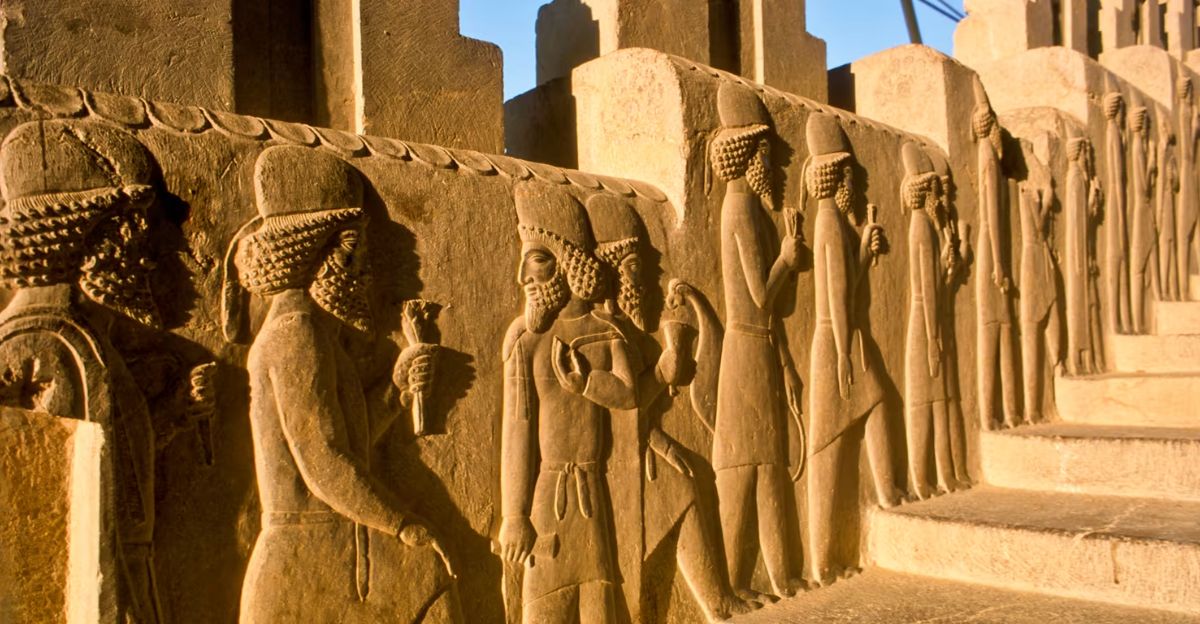
This empire, or more notably the Achaemenid Empire, founded by Cyrus the Great around 550 BCE, covered over 2 million square miles across Asia, Africa, and Europe. It was extensively multicultural and also well-known for its military strength, administrative innovations, and respect for local customs and religions. While this empire didn’t last all that long, the Persian Empire left a lasting legacy in governance, culture, and infrastructure before falling to Alexander the Great in 330 BCE.
7. The Xiongnu Empire
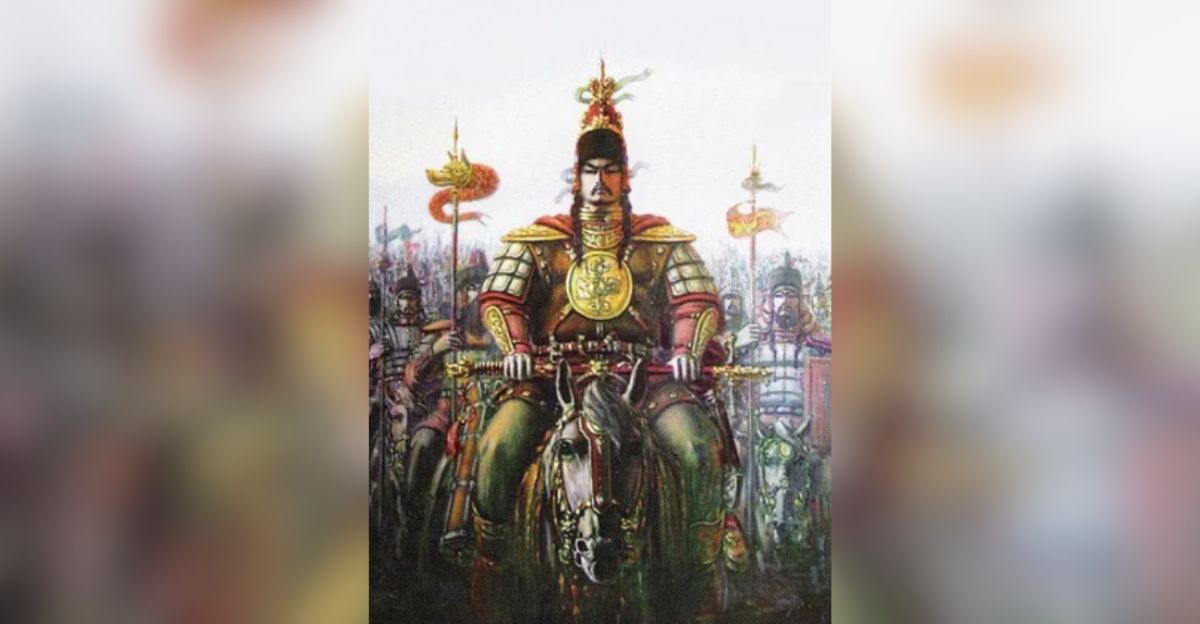
This empire reigned under the rule of Modu Chanyu in 209 BCE and was one of the most nomadic empires to dominate the eastern Eurasian steppes. At the peak of their rule, Xiongnu controlled territories spanning modern Mongolia, parts of northern China, and Central Asia, and had a strong hold over the region from roughly 209 BCE to 89 CE.
The Xiongnu frequently clashed with the Han Dynasty of China, engaging in prolonged conflicts that shaped the political landscape of ancient East Asia.
8. The Yuan Dynasty
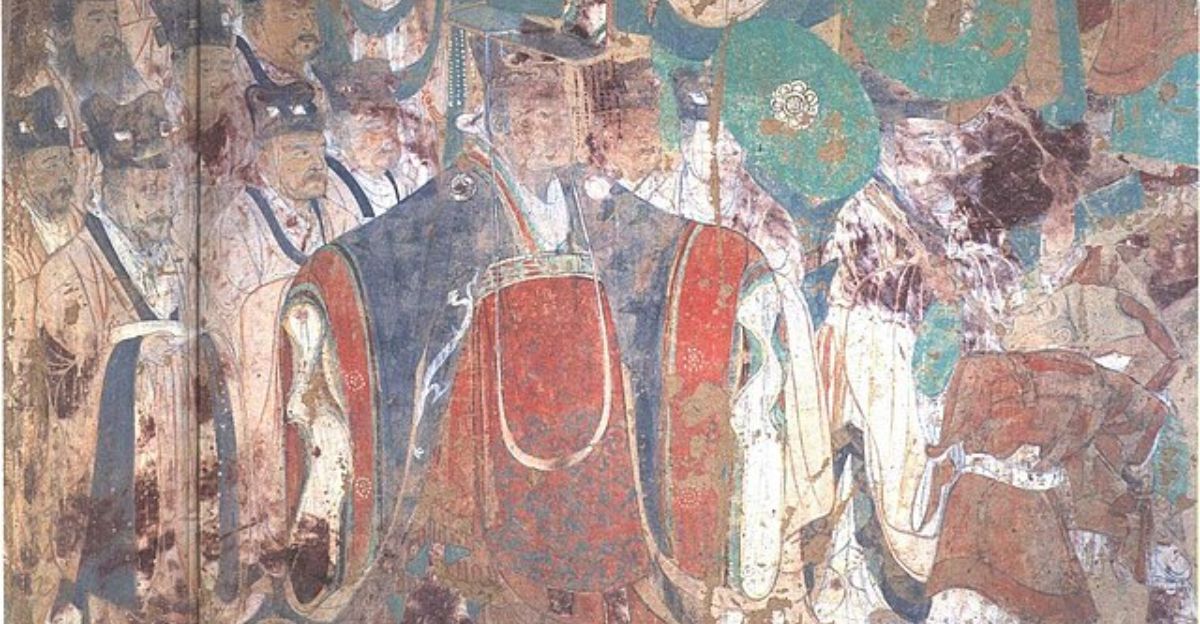
This empire was founded by the Mongol leader Kublai Khan in 1271. It was the first time that all of China was ruled by a non-Han dynasty. The dynasty established its capital at Dadu (modern-day Beijing) and promoted religious tolerance. Tibetan Buddhism was the dominant faith alongside Islam, Daoism, Christianity, and Judaism.
The Yuan faced widespread rebellions and conflict, notably the Red Turban Rebellion, which ultimately led to its collapse in 1368 and the rise of the Ming Dynasty.
9. The British Empire
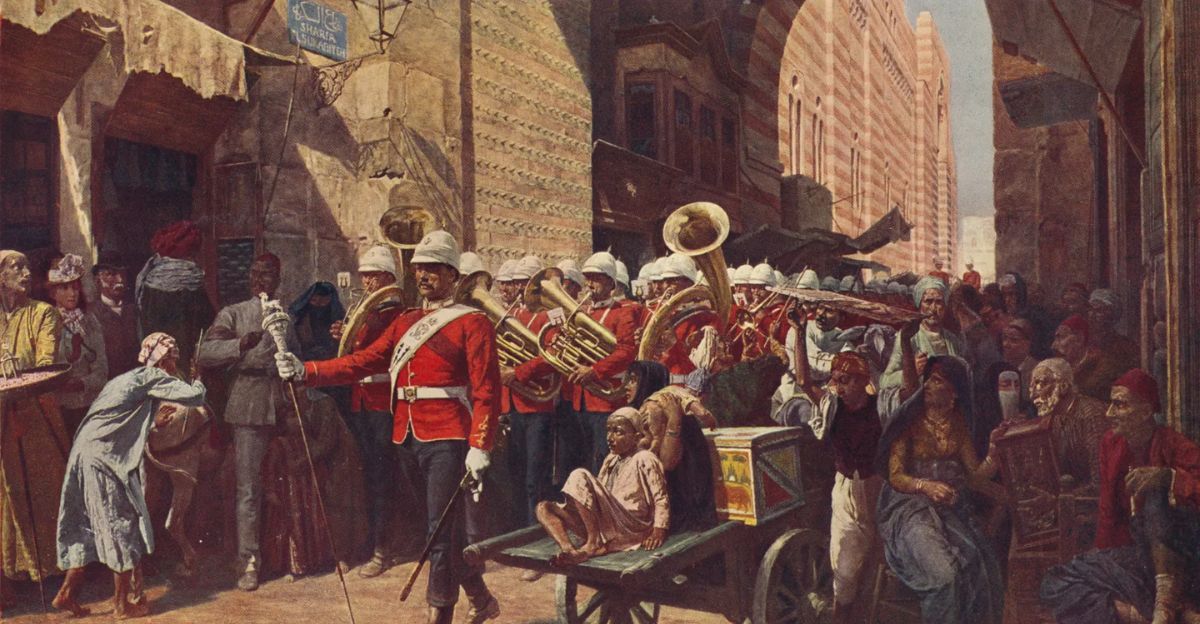
The British Empire is the largest in history by land area, reaching its peak in 1920 when it controlled approximately 13.7 million square miles, about 26.35% of the world’s land surface. At its peak, it governed over 400 million people, roughly a quarter of the global population. This empire reigned during the 16th century when Queen Elizabeth I was in charge, led through colonization, trade, and military conquests.
The British Empire’s legacy continues to shape international relations and cultural landscapes today, showing how powerful it once was.

